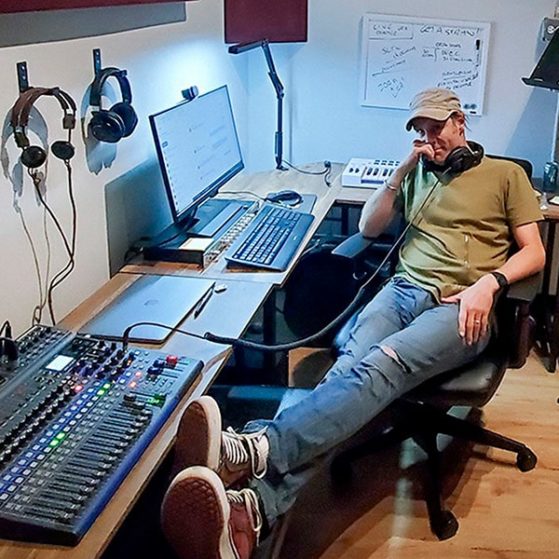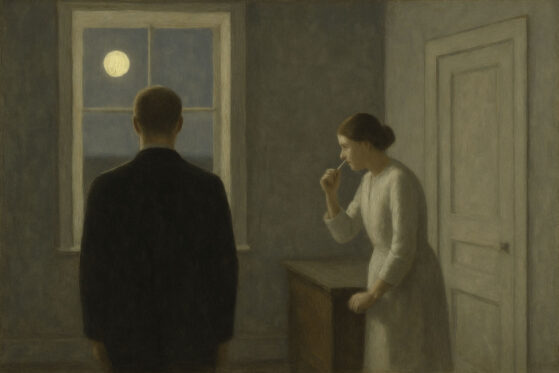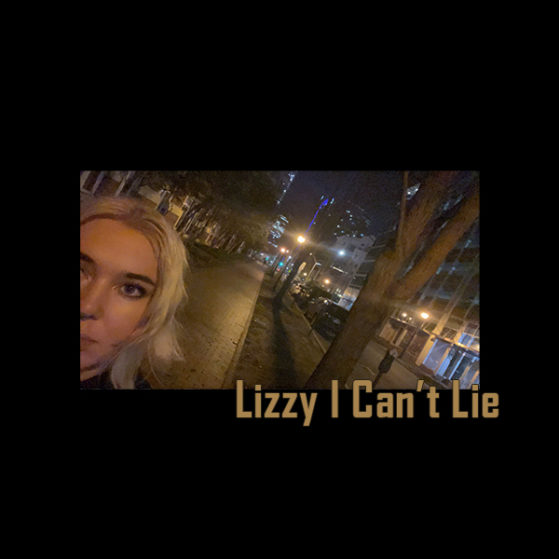My favorite thing about making art is showing off the final product. To me, the finished version of a song or the final edit of a short story is the part that’s supposed to be shown to the public. But I’m understanding of late that this may be an antiquated idea.
My wife just read Show Your Work, by Austin Kleon, and when she was done with it, passed the book along to me. It maintains that the world of the arts is now quite different than it was when I was coming up. Kleon contends that the audience wants to see the process. The audience wants to be connected to the artist. This plays out on all over the social networks like Facebook and Twitter. Artists interact with their audience. I admit, even as an early adopter of most technologies, that this idea is quite contrary to my mental image of what an artist is supposed to be.
Kleon talks quite a bit about (old?) mindsets like mine:
Traditionally, the artist has been trained to regard her creative process as something that should be kept to herself. This way of thinking is articulated by David Bayles and Ted Orland in their book, Art and Fear: “To all viewers but yourself, what matters most is the product: the finished artwork. To you, and you alone, what matters is the process: the experience of shaping the artwork.” An artist is supposed to toil in secrecy, keeping her ideas and her work under lock and key, waiting until she has a magnificent product to show for herself before she tries to connect with an audience.
I agree with these old codgers Bayles and Orland. I, personally, enjoy ‘toiling in secrecy’ when I create my work. I don’t want people hearing a track with a rough vocal. I certainly don’t want readers to see a poem or short story before I’ve had a chance to confirm that indeed, all my verb tenses match up.
Take the example of DVDs or Blue-rays that come with extra features. I remember being young (1980s) and sometimes there’d be a “making of” documentary of a feature film on channel 11 (Chicago’s PBS affiliate). It was a real treat getting to go ‘behind the scenes’ once in awhile. But the key phrase here is ‘once in a while’. Also, I would never want to see ‘the making of’ a movie before I see the movie the way it was meant to be presented. And I feel that in his book, Austin Kleon is daring me to do just that. Show people the pieces of my work as I’m creating them- which I feel detracts from the experience of listening to a finished song for the first time from start to finish. Do I want you to be surprised by the twist in the bridge? Or would you appreciate it even more if you heard the three versions that didn’t work first? Kleon continues:
To many artists, particularly those who grew up in the pre-digital era, this kind of openness and the potential vulnerability that goes along with sharing one’s process is a terrifying idea. Here is the author Edgar Allan Poe, writing in 1846: “Most writers- poets in especial- prefer having it understood that they compose by a species of fine frenzy- an ecstatic institution- and would positively shudder at letting the public take a peep behind the scenes.”
My favorite artwork is the stuff that transports me into another realm. Be it Haruki Murakami’s magical realism in 1Q84 or Thomas Dolby’s transcendent musical work, Astronauts and Heretics, I embrace the spiritual side of the equation. Growing up, these people were the keepers of the keys: almost superhuman to me. I can’t express how upset I was when I saw Thomas Dolby’s home video on YouTube showing off how his cat could pee using a toilet. (Not going to link. You can find that one by yourself). I don’t want to think of these folks as regular people. This idolatry is the epitome of the artist dynamic of the 1980’s. Untouchable and somewhat aloof. But magical still.
On the other side of the coin, you’ve got your Amanda Palmers, whose works are so intertwined with their communities and social media… I mean… the tweets are part of the artwork it seems. Amanda Palmer is (due mostly to her success using Kickstarter and Patreon) the poster child of the ‘the new artist’ and her process. Her background as a street performer and dancer prepared her very well for the personal- almost face to face- nature of a platform like Twitter.
So where do I fall in the new spectrum? It’s simple. I’m the lone wolf that yearns to be a part of the buzzing community of the beehive. Invariably, more to come on this topic soon in prose or otherwise.



